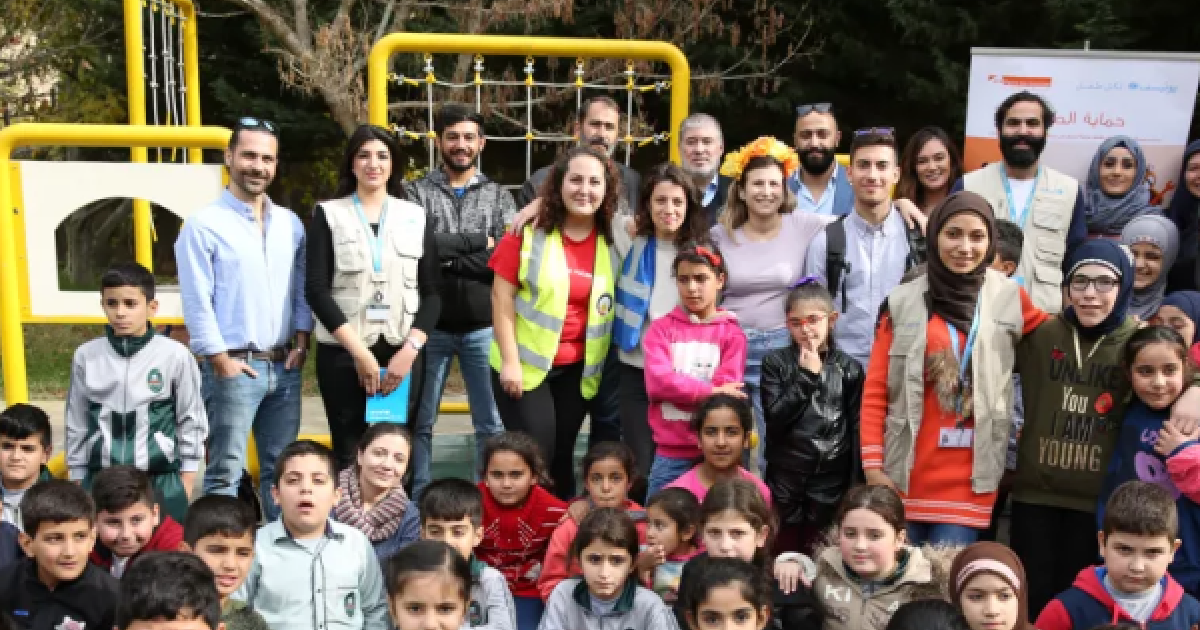
Child Rights Committees Mapping Consultancy
Overview:
Save the Children collaborated with UNICEF to advance social inclusion and child rights in Lebanon. The project aimed to create mechanisms enabling boys and girls to exercise their equal right to participate in and influence local and national decision-making processes. In parallel, the Lebanese Government’s Higher Council for Childhood (HCC), with UNICEF’s support, was developing the National Child Rights Strategy in Lebanon. Save the Children partnered with UNICEF to identify areas for enhancing local-level structures and improving the implementation of the United Nations Convention on the Rights of the Child (UNCRC). The initial step involved mapping existing formal and non-formal committees dedicated to children’s issues and rights, either as their primary focus or as part of their broader activities. This mapping aimed to identify gaps in coverage and recognize existing structures in areas where no such committees currently operate in the field of child rights.
Objectives and Scope:
The mapping process had several objectives:
1. Obtain a comprehensive overview of the types of committees working on children’s issues and rights and assess their capacities.
2. Assess the capacity of these committees to facilitate capacity-building activities, including training on child rights, child rights programming, and child participation in decision-making.
3. Provide advice regarding organizational and technical capacity gaps and requirements for effectively implementing the UNCRC at the local level.
Mapping Process and Methodology:
1. Mapping Process Management: A steering committee oversaw the entire mapping process, with a project team comprising the SC Child Rights Governance Technical Advisor, A.N.D. NGO Director, and the Child Rights Committees’ Mapping Consultant. The Technical Advisor provided technical supervision, while the CRG Specialist ensured work plan implementation and budget adherence.
2. Sources of Information: The mapping drew from two main sources of information. First, a secondary data review was conducted to scrutinize available secondary information, inform primary data collection, and contribute to the overall analysis report. Key informant interviews were conducted to identify the best sources of secondary data. Following the secondary data review, primary data collection requirements were identified to guide the research firm in devising the most appropriate methodology and data collection tools. The third phase involved primary data entry, cleaning, validation, and aggregation by the consultant. Subsequently, a final workshop was convened to review and validate key findings and analysis, involving the steering committee and project team.
Consultant’s Tasks:
1. Detailed mapping methodology document and work plan.
2. Matrix of secondary sources of information, highlighting identified gaps.
3. Primary data collection methodology document.
4. Primary data collection tools.
5. List of interviews with brief interview summaries.
6. Matrix presenting key findings from secondary and primary data.
7. Final data validation workshop agenda.
8. Final mapping reports in both English and Arabic, including relevant annexes:
– Matrix of consulted materials and resources, with identified gaps.
– List of interviewees with brief interview summaries.
– Matrix presenting key findings from secondary and primary data.

Comments are closed